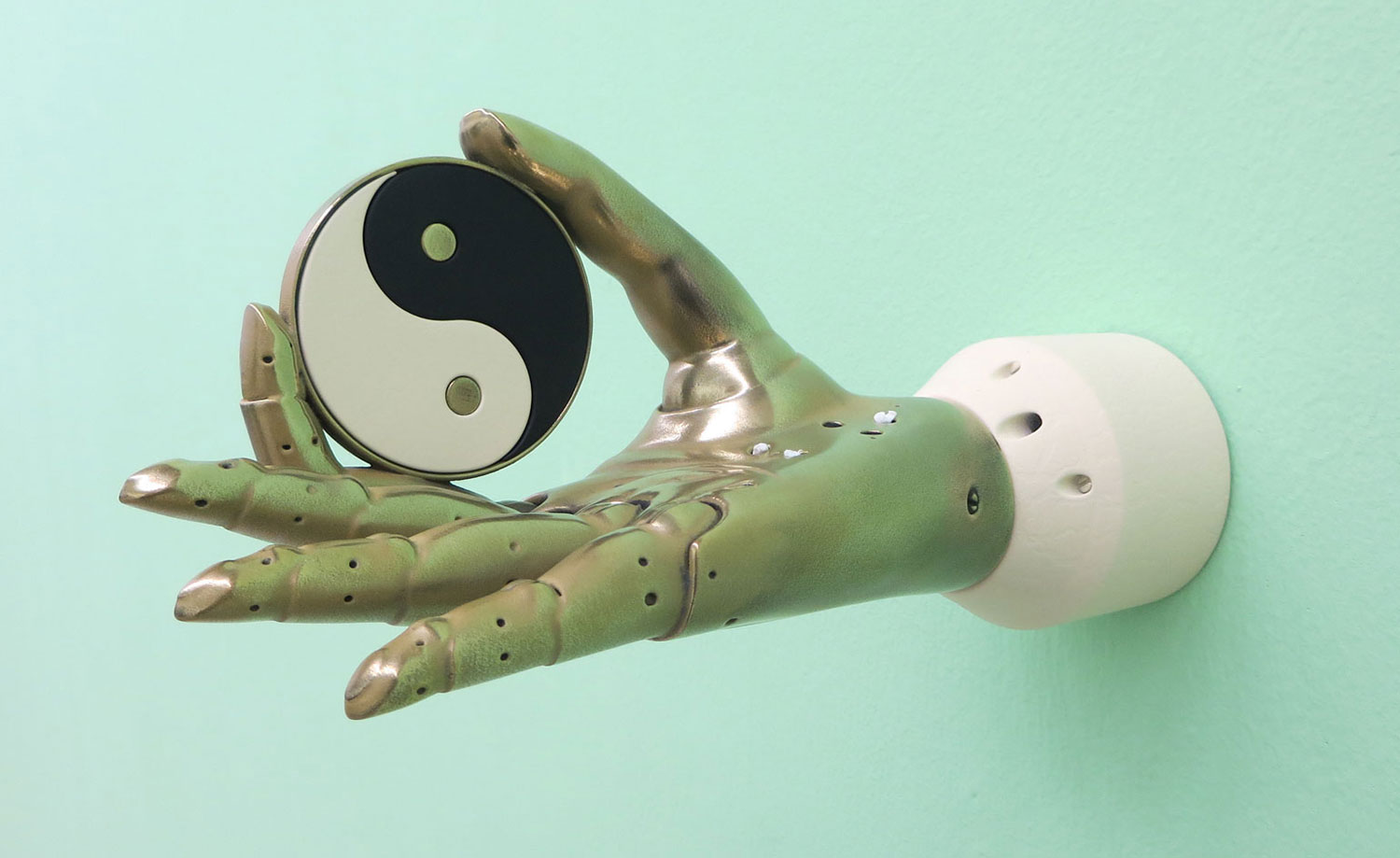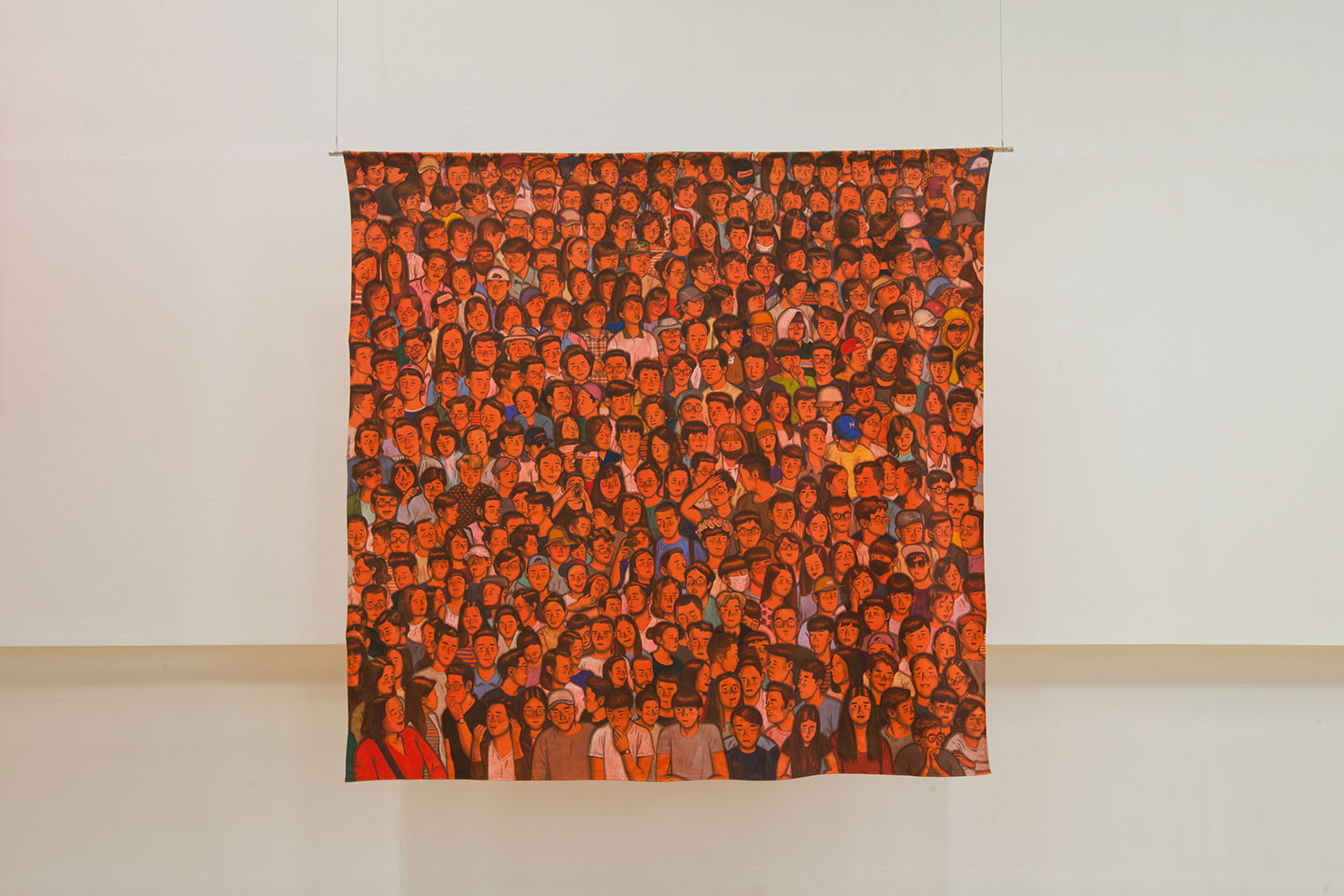The 10th Gwangju Biennale exhibition “Burning Down the House,” which opened on September 5, was soon followed by news of the resignation of Lee Yong-woo, president of the Gwangju Biennale Foundation.
Curated by Jessica Morgan, this year’s edition explores the process of loss and renewal — the cycles of obliteration and transformation that can be witnessed throughout history. Looking at aesthetics and historical events within the increasingly rapid progression of redundancy and renewal in commercial culture, the Biennale reflects on the sometimes-dramatic process of destruction that is often followed by the promise of rebirth and change. The Biennale team became enmeshed in controversy when a satirical painting was removed from the Gwangju Biennale’s 20th-anniversary exhibition “Sweet Dew – After 1980”: the painting depicts family members of the children who died last April in the worst ferry disaster in South Korea since 1970. In response to the act of censorship, a group of Japanese artists from Okinawa removed their works from the exhibition. Exhibition curator Yun Beom-mo and Biennale Foundation president Lee Yong-woo both resigned. “It is vital that art move past efforts to normalize and standardize,” Lee Yong-woo said in an interview published in Art in America on August 28. “This has to start with freeing itself from a self-censoring attitude that excludes ethical and moral self-examination. The Gwangju Biennale has upheld these principles for the last twenty years. In Gwangju, the phrase ‘Gwangju spirit’ has taken hold — less because of the institutionalization of democracy than because of a promise regarding the hundreds of people sacrificed in resistance to an oppressive power in 1980.” The Gwangju Biennale is Asia’s first and most prestigious contemporary art biennale. It was founded in September 1995 in memory of the Gwangju Democratization Movement.


